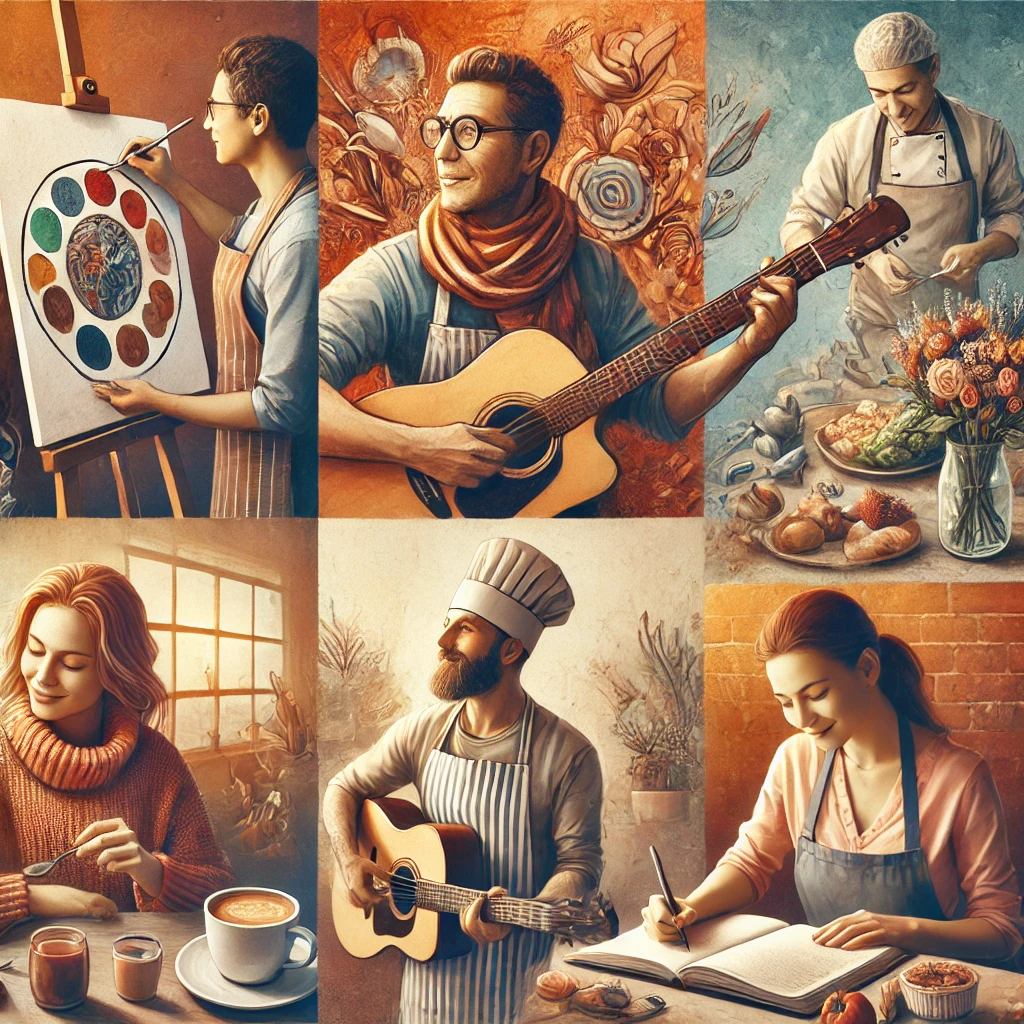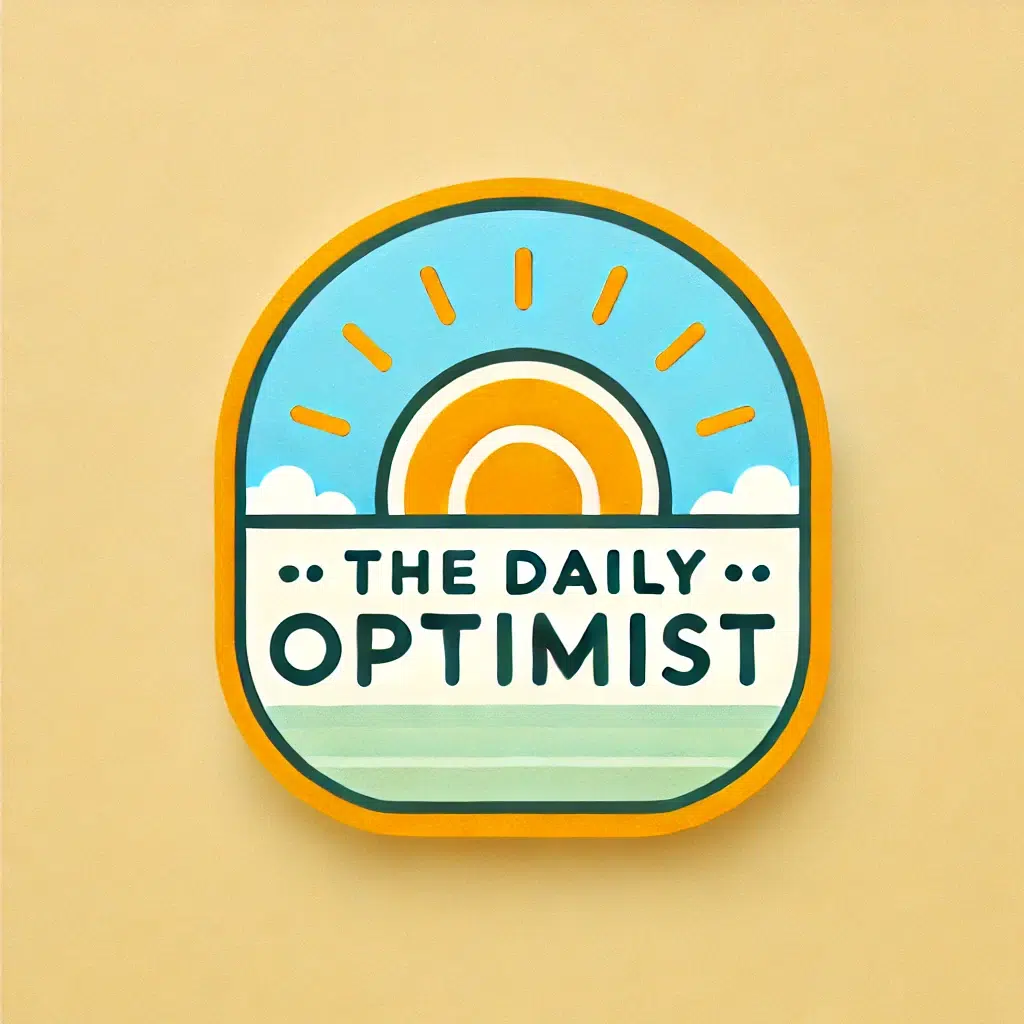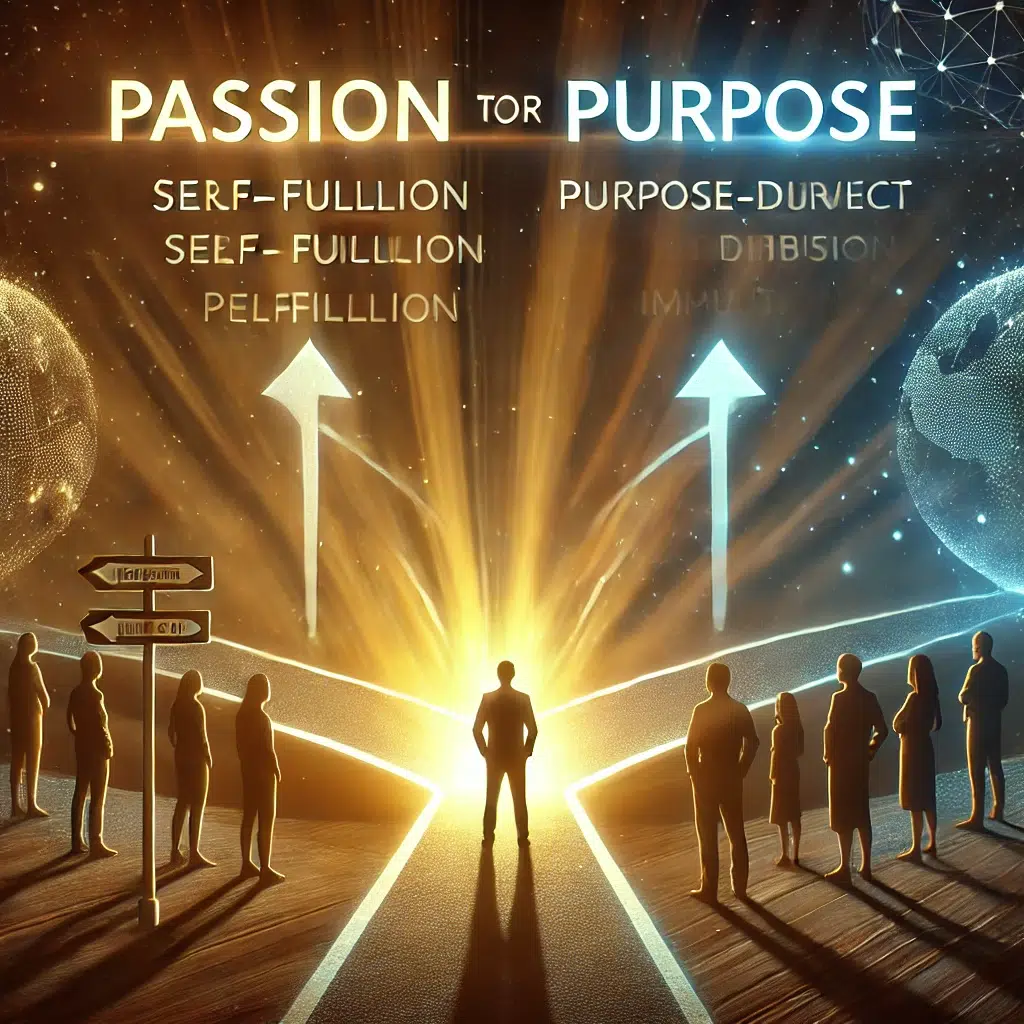Imagine a woman named Clara who found herself overwhelmed with stress from her demanding job. Sleepless nights and constant anxiety became her norm, until she picked up a paintbrush. What started as a simple hobby transformed her evenings into moments of peace. Over time, her anxiety diminished, and she rediscovered the joy of expression through colors and textures. Clara’s story isn’t unique, countless individuals have found solace and healing in creativity.
In this blog post, we’ll explore how creativity nurtures our emotional and mental well-being, uncover the science behind its effects, and share practical ways to incorporate creative practices into your life.
The Science of Creativity and Mental Well-Being
Engaging in creative activities has profound effects on the brain. Studies show that creative processes stimulate the release of dopamine, a neurotransmitter associated with pleasure and reward. Activities like drawing, writing, or playing music activate neural pathways that enhance problem-solving skills and emotional regulation.
Even more fascinating, research reveals that creative practices can reduce cortisol levels, the body’s stress hormone. Whether you’re molding clay or composing a melody, the act of creating shifts focus away from stressors and promotes mindfulness—a state of being fully present in the moment.

Exploring Creative Outlets
There are countless ways to incorporate creativity into your life, and the beauty of creativity lies in its diversity. Here are a few examples:
- Art and Crafting: Painting, drawing, or even knitting can provide a soothing escape from daily pressures.
- Music: Playing an instrument or simply singing can improve mood and deepen emotional expression.
- Writing: Journaling or creative writing allows you to process emotions and articulate thoughts.
- Cooking: Experimenting with new recipes combines art and nourishment, offering both mental and physical benefits.
Many individuals credit these outlets for transformative changes in their lives. For example, Alex, a software engineer, turned to woodworking after a burnout episode. The process of designing and crafting furniture reignited his sense of purpose and creativity.

Making Time for Creativity
One of the biggest challenges for many is carving out time for creative pursuits. Life is busy, and creativity often takes a backseat. Here’s how to make it a priority:
- Schedule It: Set aside 15–30 minutes daily for a creative activity.
- Incorporate It Into Routine: Combine creativity with daily habits, like sketching while having coffee or journaling before bed.
- Join a Community: Participating in creative groups can inspire and hold you accountable.
Take the story of Priya, who struggled with postpartum depression. By dedicating 10 minutes a day to writing poetry, she found a way to process her emotions and connect with her inner self.

Practical Tips to Get Started
Here are some actionable tips to infuse creativity into your life:
- Start Small: Begin with easy, low-pressure activities.
- Experiment: Try different creative outlets to find what resonates with you.
- Let Go of Perfection: Focus on the process rather than the outcome.
- Share Your Work: Celebrate your creativity by sharing it with friends, family, or online communities.
Call to Action
Your creative journey begins today. Pick up a brush, write a story, bake a cake, or try something entirely new. Share your creative projects and stories with us, we’d love to hear how creativity enriches your life.
Together, let’s nurture our souls and embrace the transformative power of creativity. What will you create today?







Leave a Reply